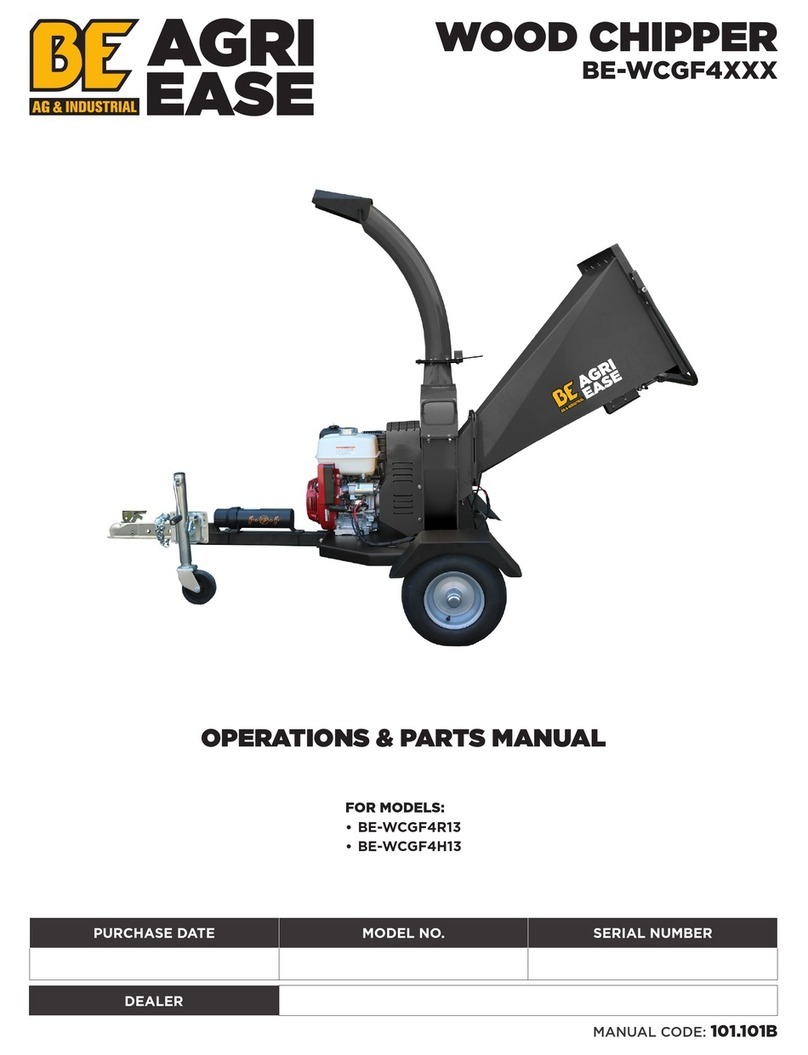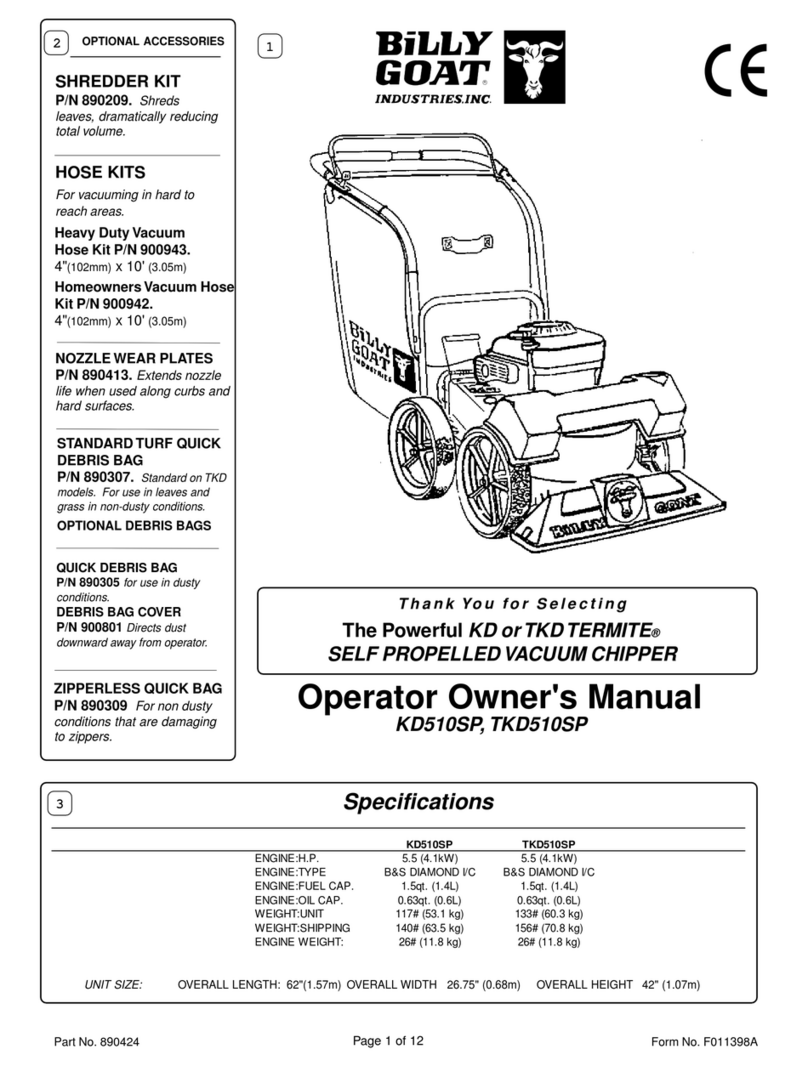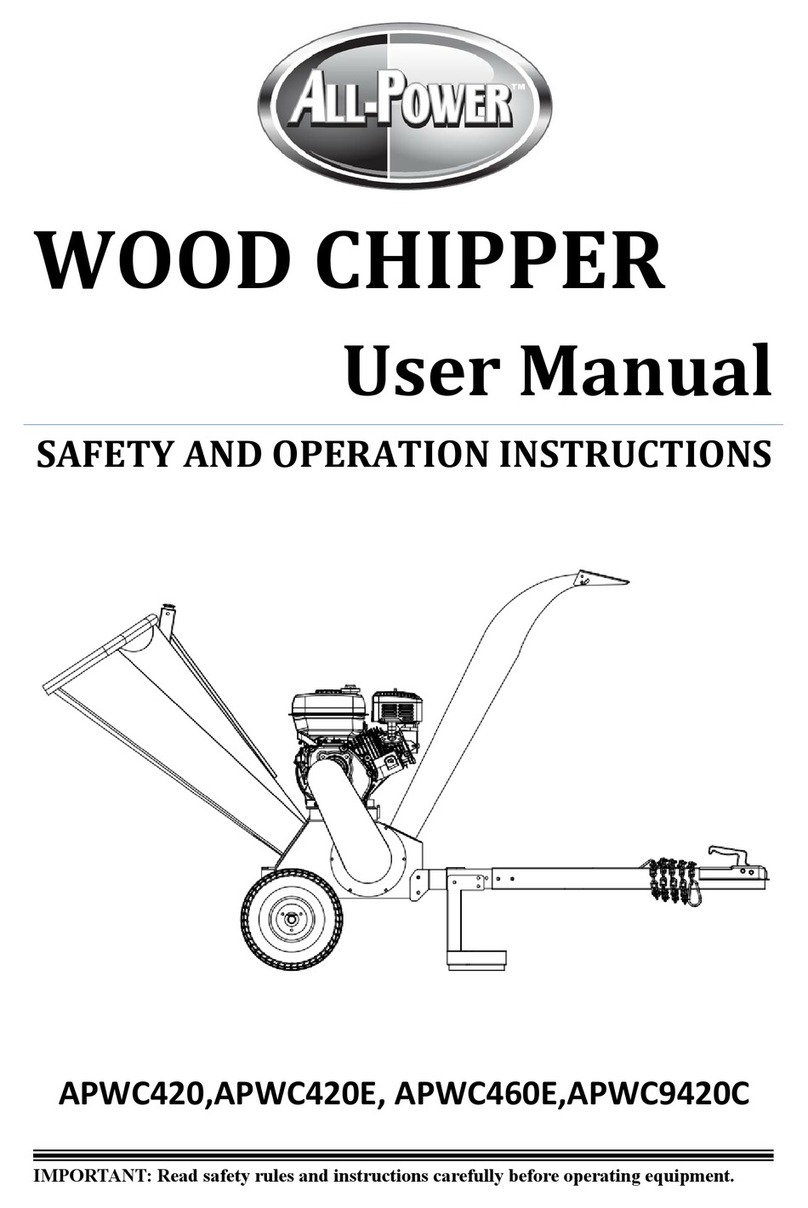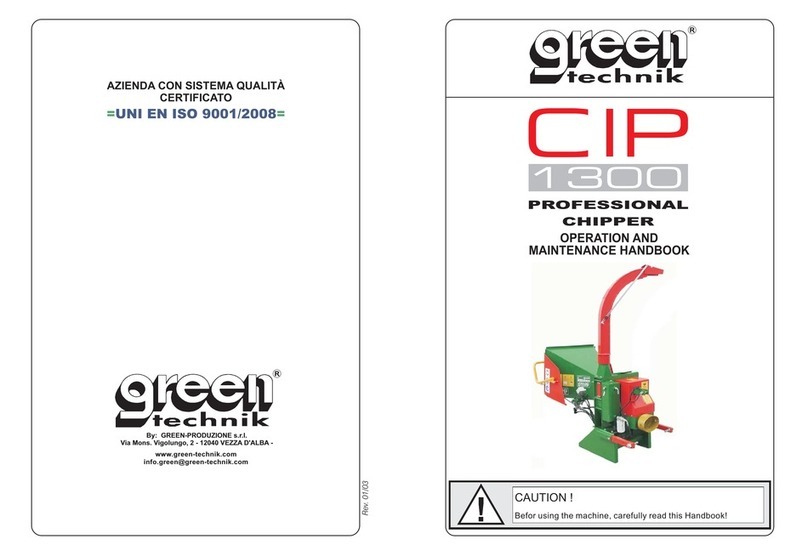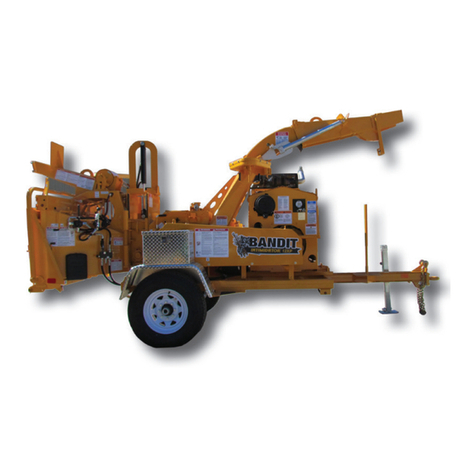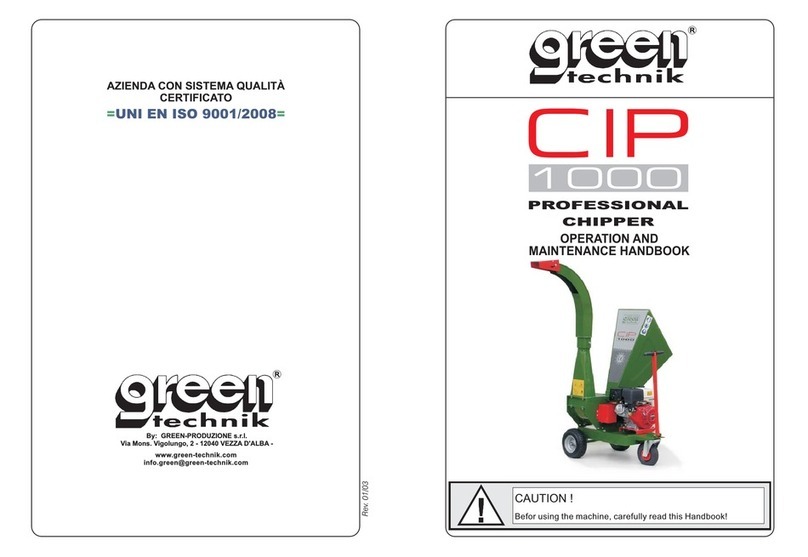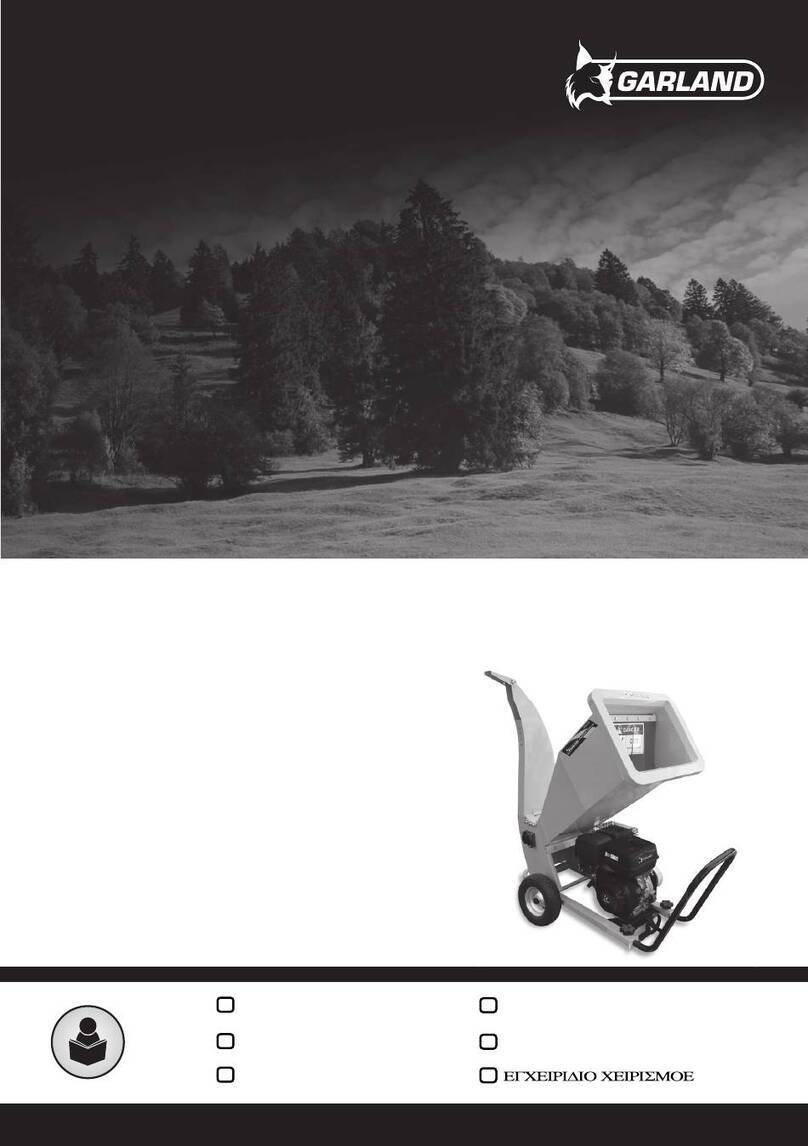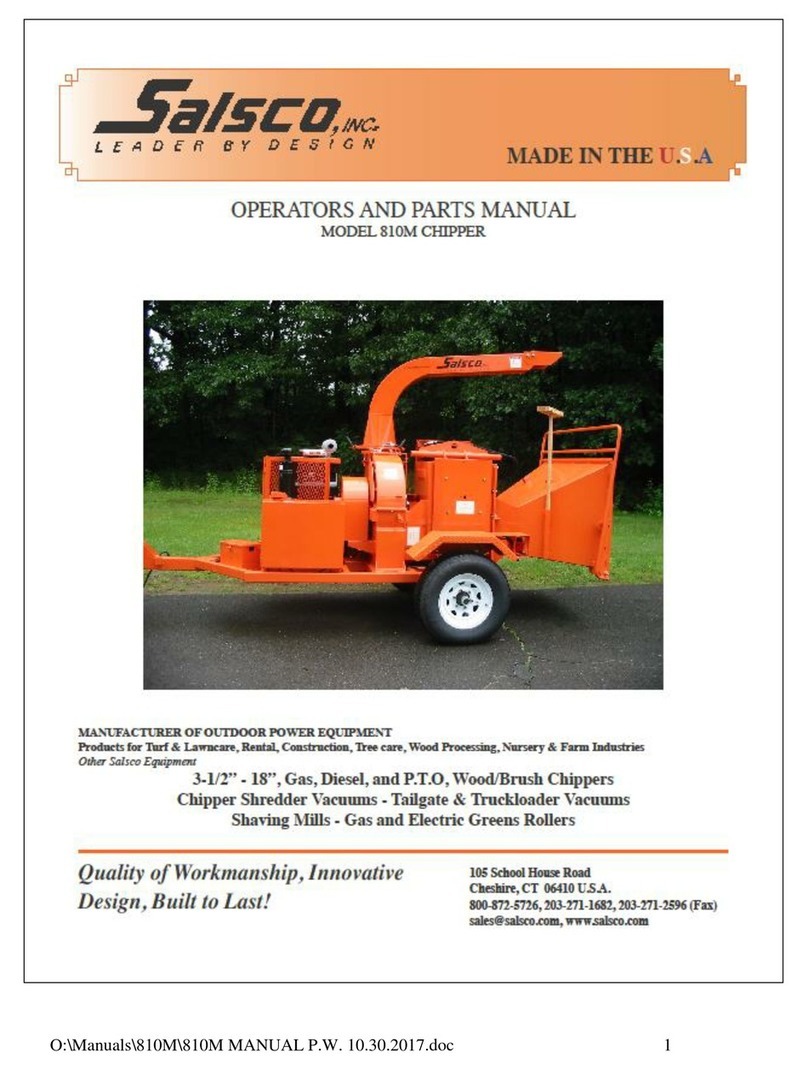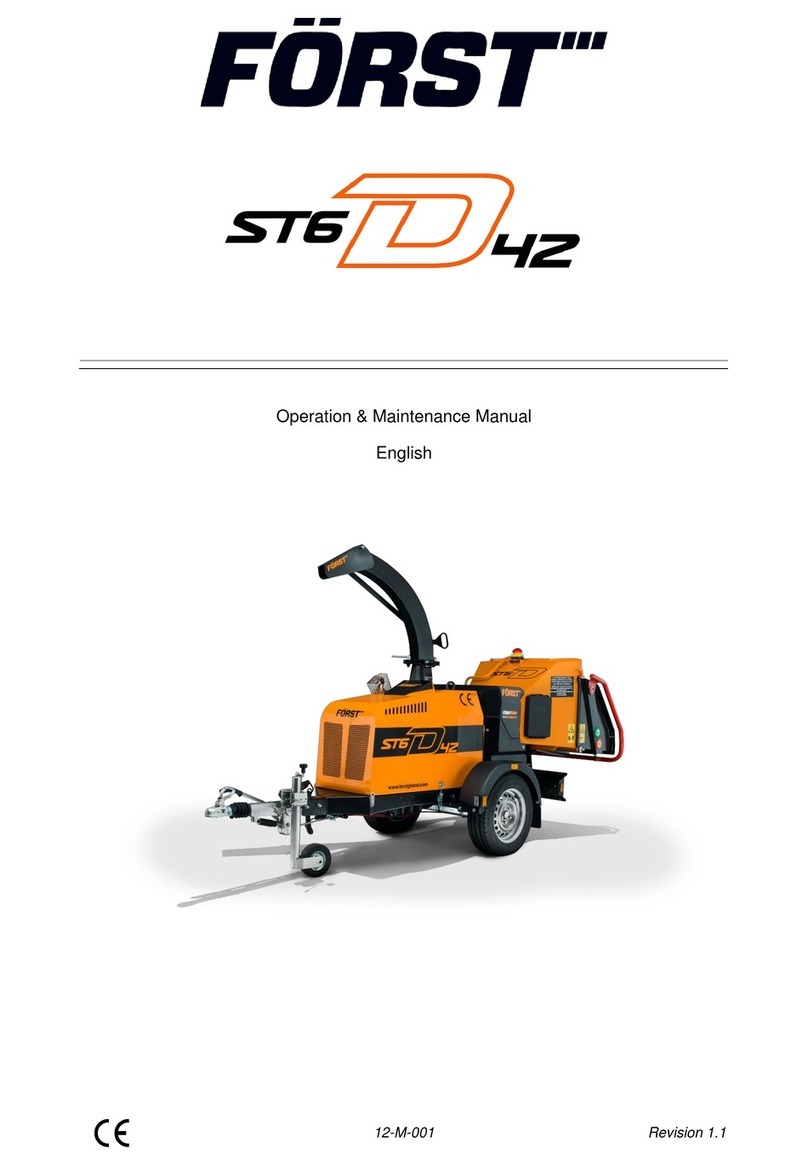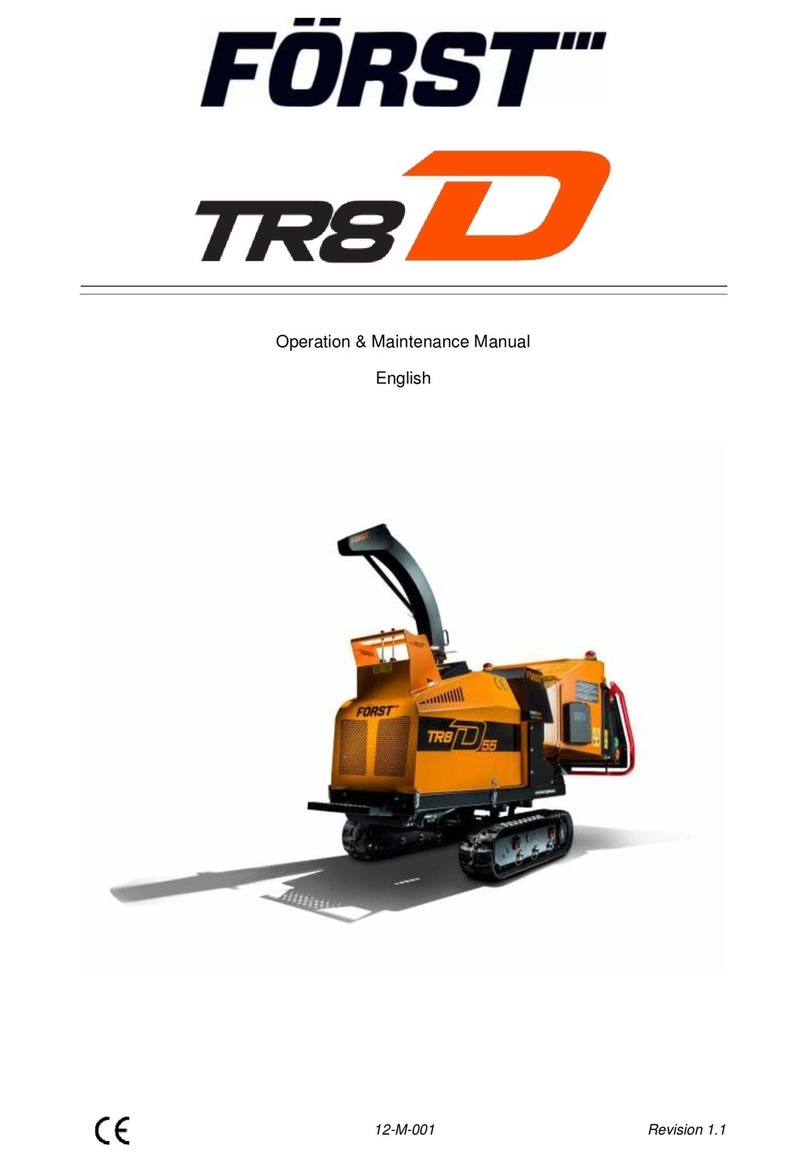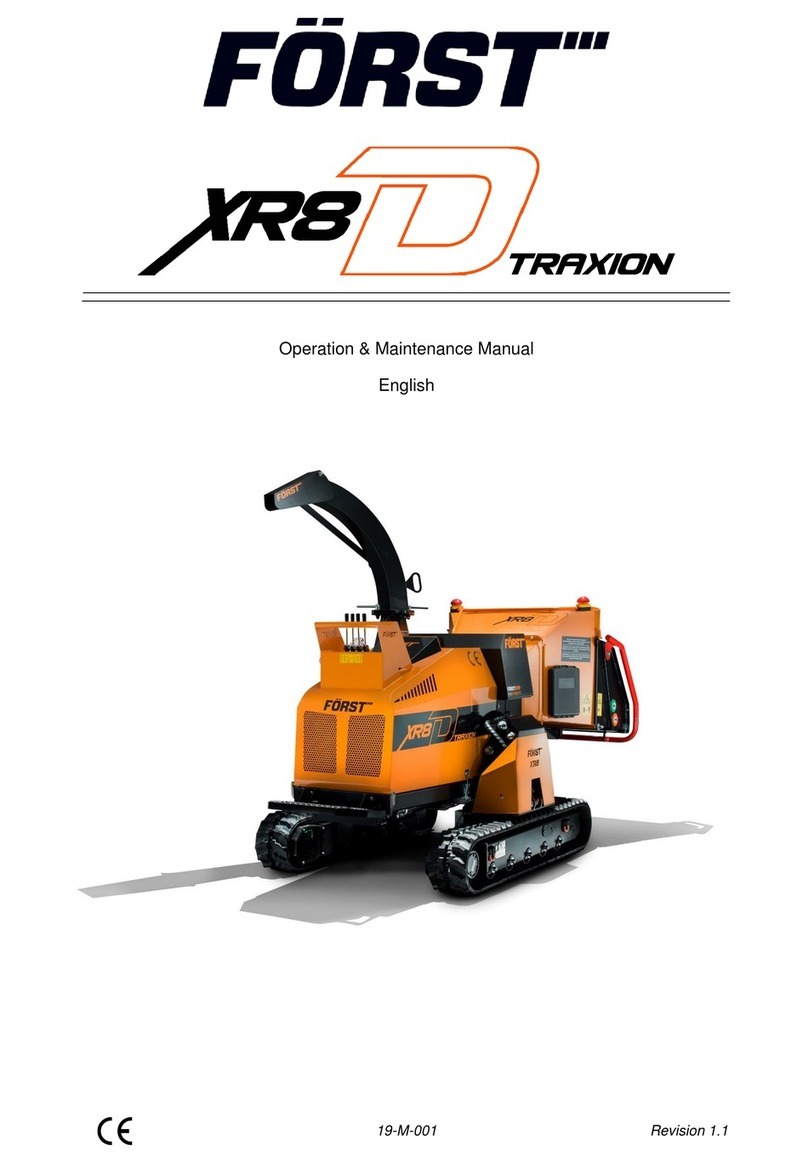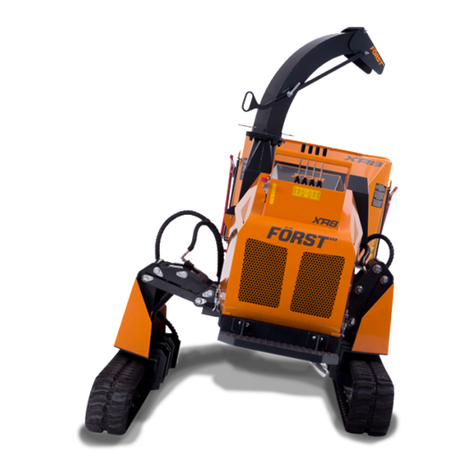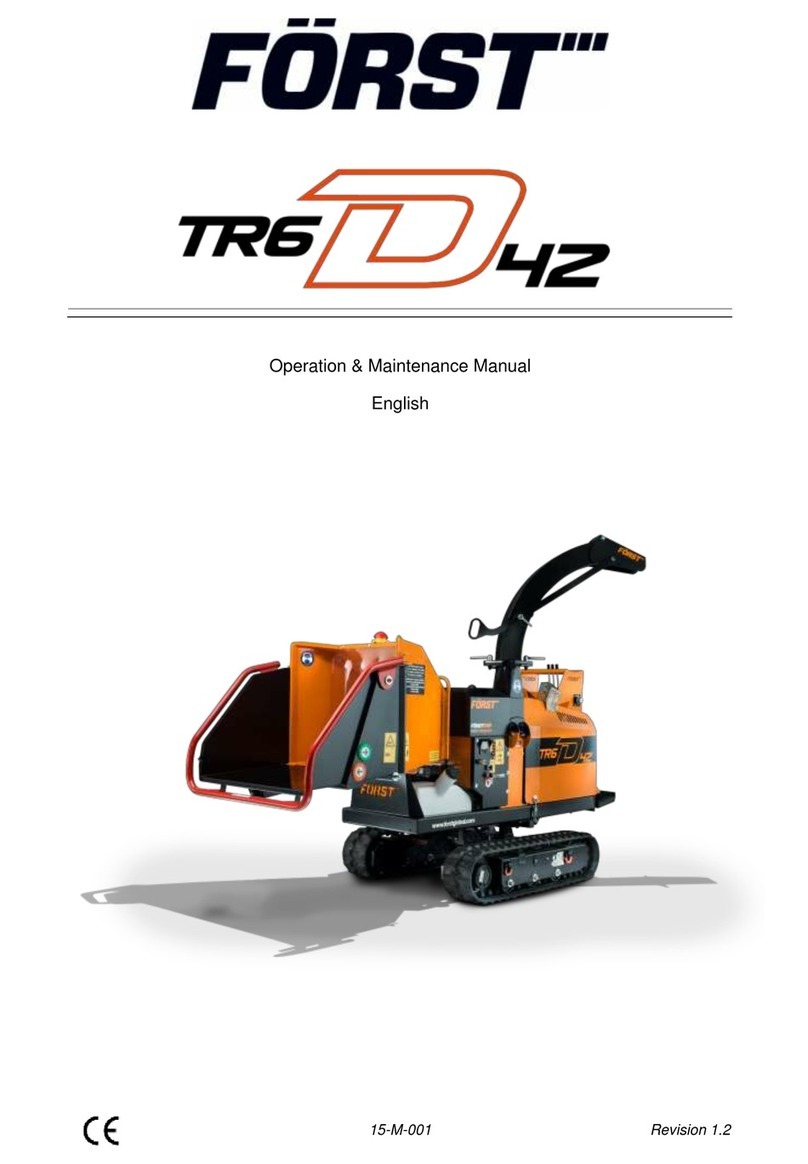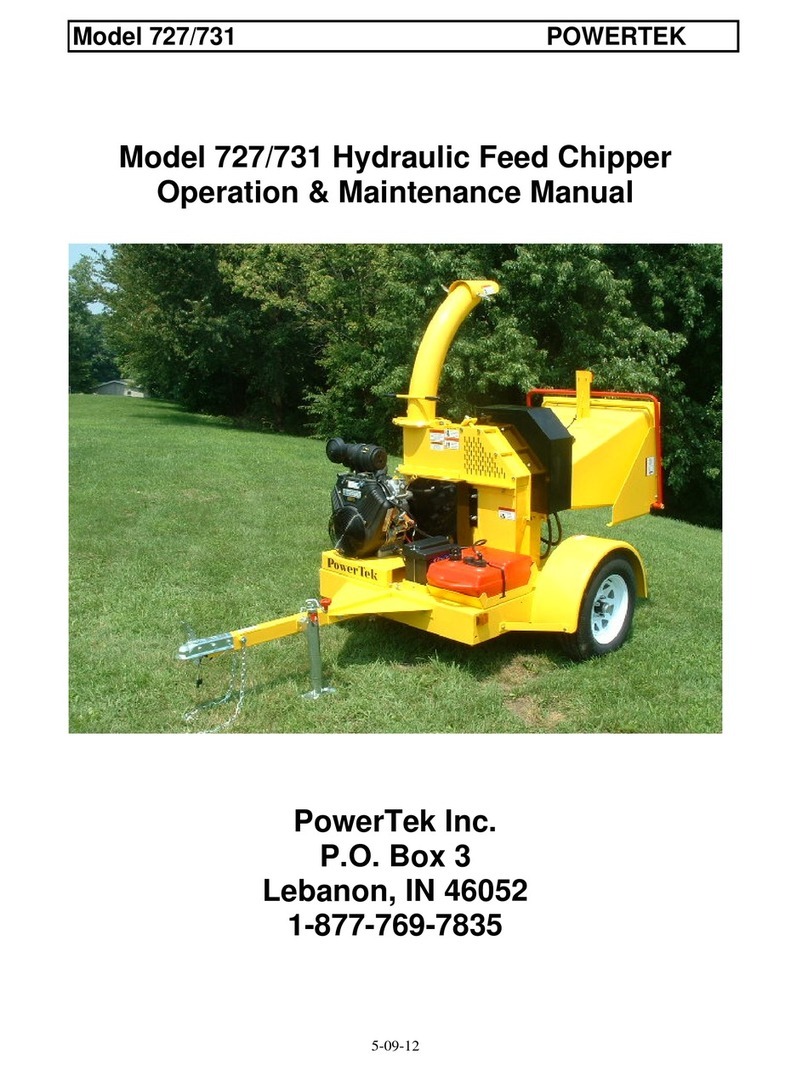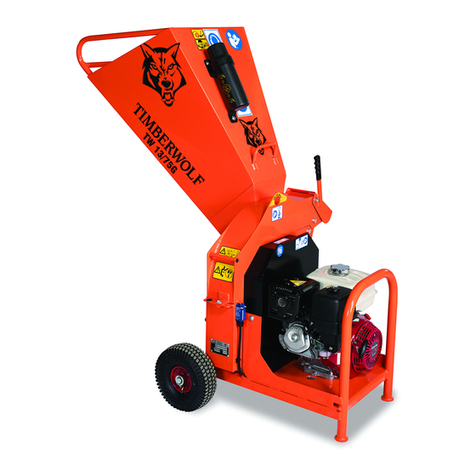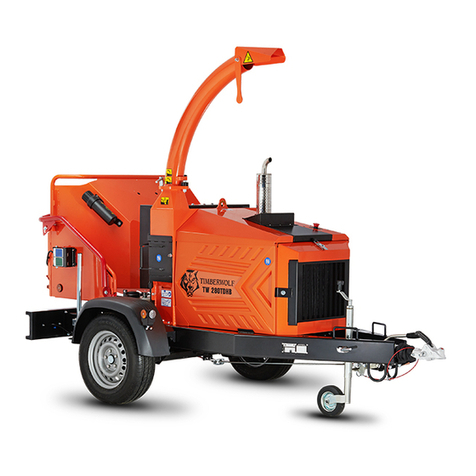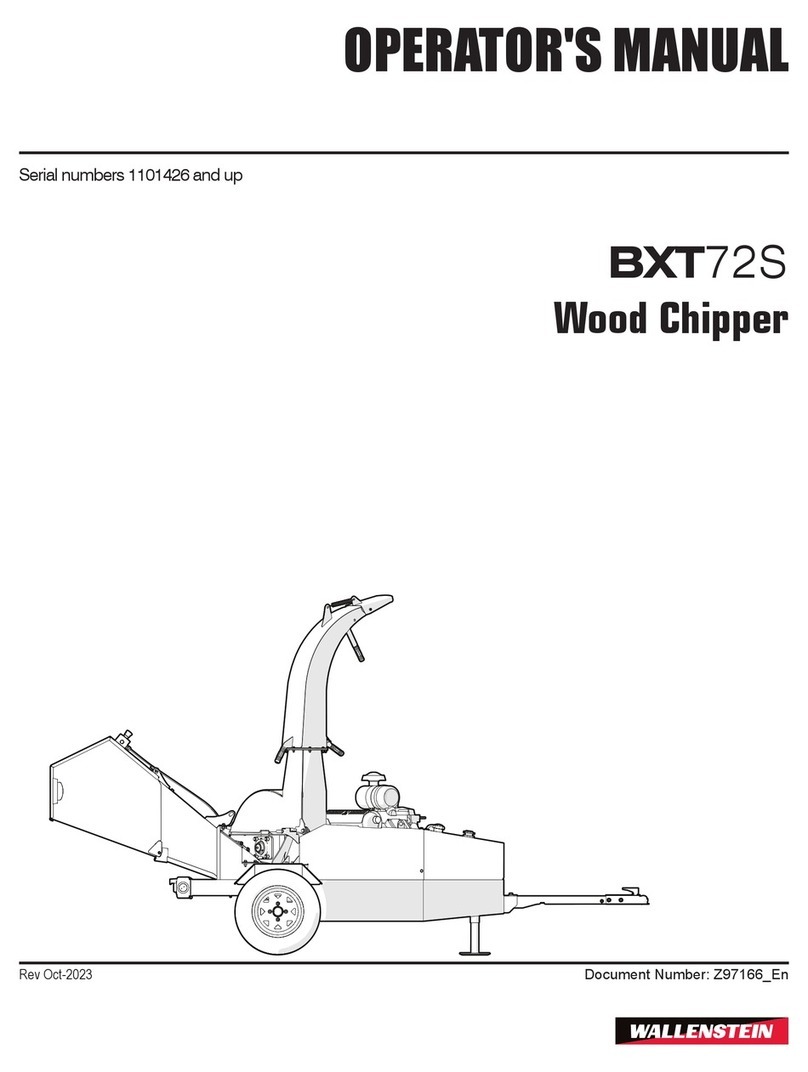P a g e | 1
Table of Contents
Introduction...........................................................................................................................3
Purpose of machine..............................................................................................................4
Exterior component identification ..........................................................................................5
Safe working .....................................................................................................................................6
Machine lifting...................................................................................................................................7
DOs and DON’Ts .............................................................................................................................8
Noise test information ...........................................................................................................9
Machine operation ..............................................................................................................10
Machine control panel, start/stop & operating settings ............................................................11
Feed speed adjustment.................................................................................................................13
Feed jam & blockages.........................................................................................................13
Attaching to the Tractor.................................................................................................................15
Transportation.....................................................................................................................15
Stopping the Chipper.....................................................................................................................15
Disconnecting from the Tractor...........................................................................................16
Routine maintenance..........................................................................................................16
Fastener tightening torques..........................................................................................................17
Blade sharpening ...........................................................................................................................19
Hydraulic oil filter............................................................................................................................20
Drive belt tension............................................................................................................................22
Hopper tray touch sensor..........................................................................................................23
Chipping chamber assembly........................................................................................................24
Chipping chamber assembly - Bottom feed..............................................................................24
Chipping chamber assembly - Bottom feed & anvil.................................................................26
Chipping chamber assembly - Drive..........................................................................................27
Chipping chamber assembly - Flywheel drive..........................................................................28
Chipping chamber assembly - Bottom feed roller cover.........................................................29
Chute assembly............................................................................................................................30
Top feed roller assembly...............................................................................................................31
Flywheel assembly.........................................................................................................................32
Flywheel belt tensioner assembly...........................................................................................33
Hydraulic pump assembly.........................................................................................................34
PTO Assembly Parts………………………………………………………………..………………35
Hydraulics circuit diagram...................................................................................................36
Electrical circuit diagram –PTO touch sensor hopper.........................................................37





















